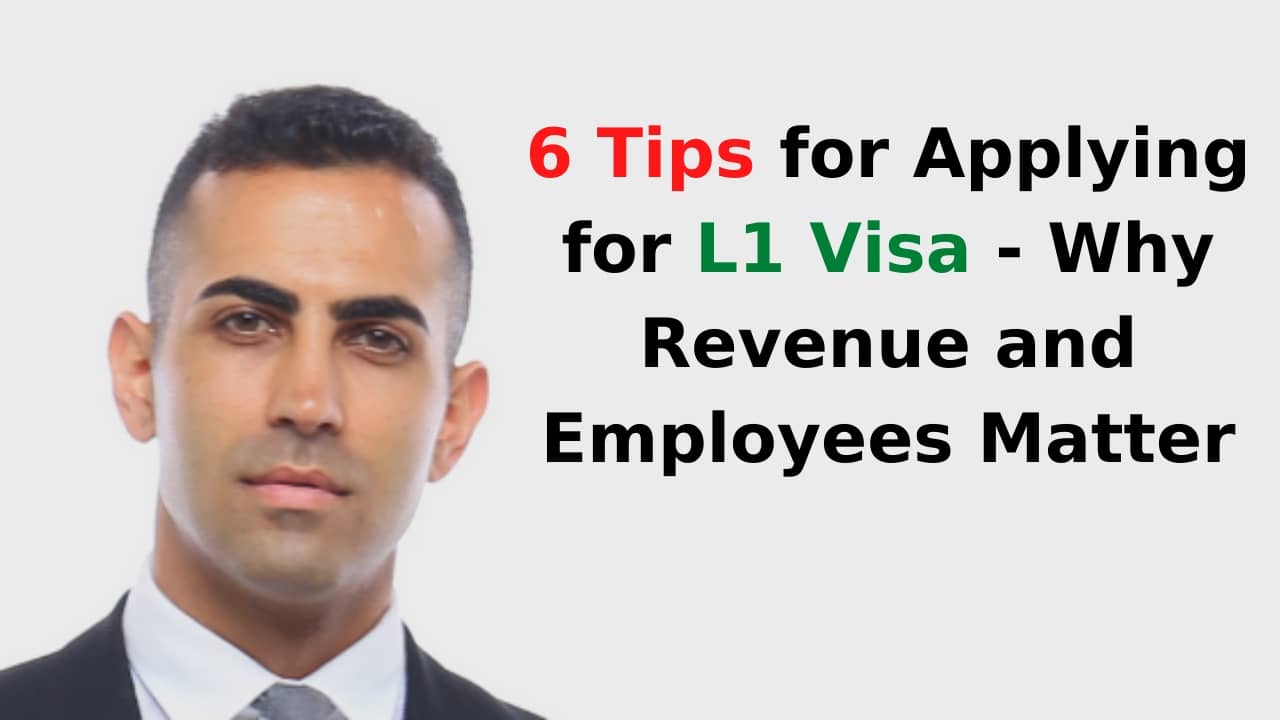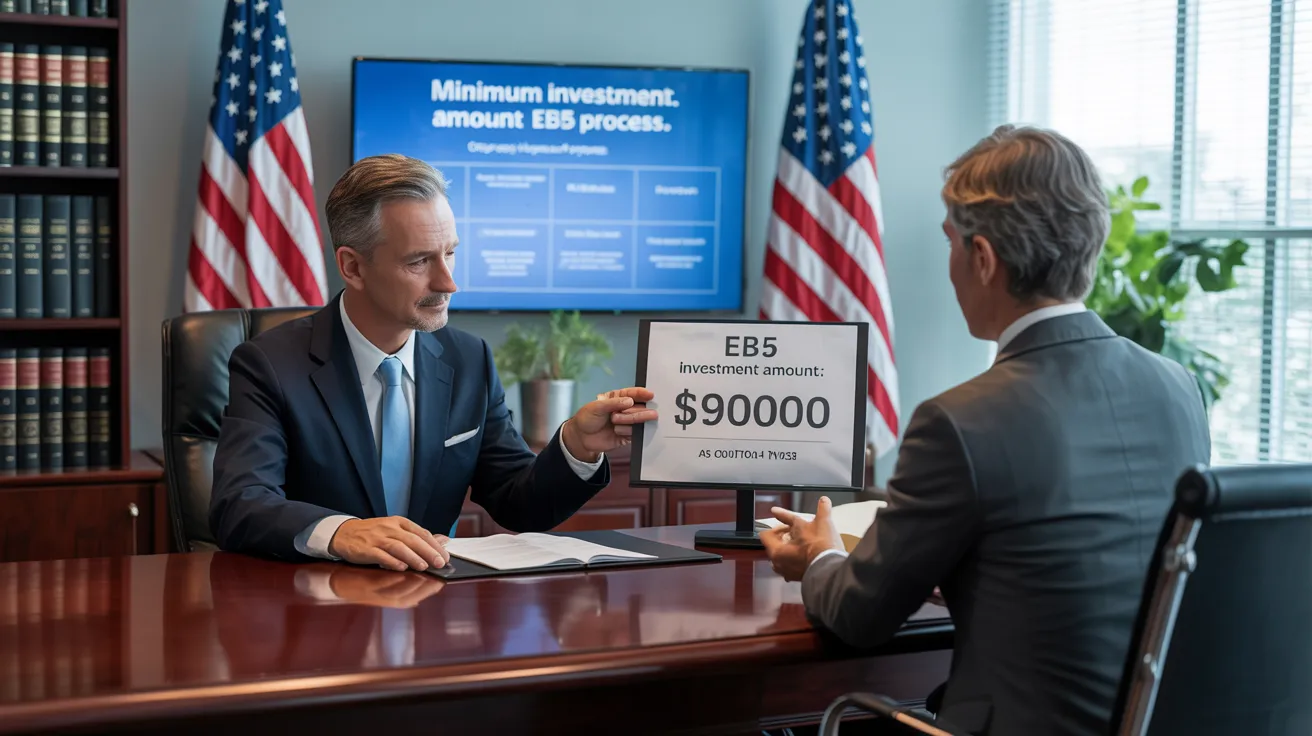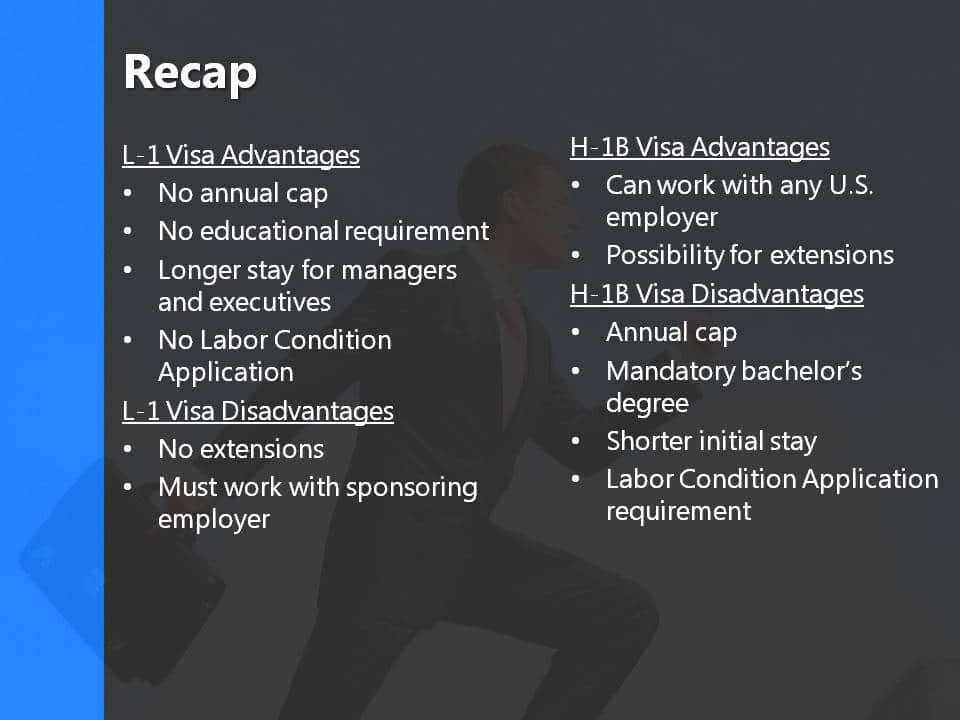What Does L1 Visa Mean?
Table of ContentsSome Known Incorrect Statements About L1 Visa The 3-Minute Rule for L1 VisaThe Only Guide to L1 Visa5 Easy Facts About L1 Visa ShownAll about L1 Visa4 Simple Techniques For L1 Visa
Available from ProQuest Dissertations & Theses Global; Social Scientific Research Costs Collection. DHS Office of the Assessor General. Fetched 2023-03-26.
United State Division of State. Fetched 2023-02-08. Tamen, Joan Fleischer (August 10, 2013).
What Does L1 Visa Do?
In order to be eligible for the L-1 visa, the international firm abroad where the Recipient was used and the U.S. business must have a qualifying partnership at the time of the transfer. The different kinds of qualifying partnerships are: 1. Parent-Subsidiary: The Moms and dad means a firm, firm, or various other legal entity which has subsidiaries that it has and regulates."Subsidiary" means a firm, company, or various other legal entity of which a moms and dad possesses, directly or indirectly, greater than 50% of the entity, OR owns much less than 50% however has management control of the entity.
Example 1: Firm A is integrated in France and employs the Beneficiary. Company B is incorporated in the united state and wishes to seek the Beneficiary. Company A has 100% of the shares of Business B.Company A is the Moms And Dad and Business B is a subsidiary. There is a certifying relationship in between the two companies and Company B need to be able to fund the Recipient.
Instance 2: Firm A is integrated in the U - L1 Visa.S. and wishes to petition the Recipient. Company B is incorporated in Indonesia and utilizes the Recipient. Company A has 40% of Business B. The remaining 60% is had and regulated by Firm C, which has no relation to Company A.Since Business A and B do not have a parent-subsidiary relationship, Business A can not sponsor the Recipient for L-1.
Example 3: Company A is integrated in the U.S. and intends to request the Recipient. Company B is integrated in Indonesia and uses the Recipient. Business An owns 40% of Business B. The continuing to be 60% is possessed by Company C, which has no relationship to Firm A. However, Company A, by official contract, controls and full takes care of Business B.Since Firm A has much less than 50% of Firm B yet handles and controls the company, there is a certifying parent-subsidiary relationship and Business A can sponsor the Recipient for L-1.
All About L1 Visa
Affiliate: An associate is 1 of 2 subsidiaries thar are both possessed and controlled by the same parent or individual, or owned and regulated by the same team of individuals, in generally the very same ratios. a. Instance 1: Company A is integrated in Ghana and L1 Visa attorney uses the Beneficiary. Business B is incorporated in the U.S.
Business C, also integrated in Ghana, has 100% of Firm A and 100% of Firm B.Therefore, Firm A and Business B are "associates" or sister firms and a certifying connection exists between the 2 companies. Firm B ought to have the ability to fund the Recipient. b. Example 2: Company A is integrated in the united state
Business A is 60% had by Mrs. Smith, 20% owned by Mr. Doe, and 20% had by Ms. Brown. Firm B is incorporated in Colombia and currently uses the Recipient. Firm B is 65% owned by Mrs. Smith, 15% owned by Mr. Doe, and 20% had by Ms. Brown. Firm A and Firm B are associates and have a qualifying relationship in 2 different methods: Mrs.
The L-1 visa is an employment-based visa category developed by Congress in 1970, enabling multinational firms to transfer their supervisors, execs, or key personnel to their U.S. procedures. It is frequently referred to as the intracompany transferee visa.

Additionally, the recipient must have operated in a supervisory, exec, or specialized employee placement for one year within the three years coming before the L-1A application in the foreign company. For new office applications, international work should have been in a supervisory L1 Visa guide or executive capability if the beneficiary is coming to the USA to function as a supervisor or exec.
What Does L1 Visa Do?

If granted for a united state firm functional for greater than one year, the first L-1B visa is for approximately 3 years and can be extended for an added two years (L1 Visa). Alternatively, if the united state business is newly developed or has actually been functional for less than one year, the initial L-1B visa is issued for one year, with expansions offered in two-year increments
The L-1 visa is an employment-based visa category developed by Congress in 1970, allowing international companies to move their managers, executives, or vital employees find out more to their United state procedures. It is commonly referred to as the intracompany transferee visa.
L1 Visa Things To Know Before You Get This
Furthermore, the recipient has to have functioned in a supervisory, exec, or specialized staff member position for one year within the 3 years preceding the L-1A application in the foreign business. For brand-new office applications, international employment needs to have remained in a managerial or executive capacity if the beneficiary is coming to the USA to work as a supervisor or executive.
for approximately 7 years to manage the procedures of the U.S. affiliate as an exec or manager. If released for an U.S. firm that has actually been functional for greater than one year, the L-1A visa is originally granted for up to 3 years and can be extended in two-year increments.
If given for an U.S. company functional for even more than one year, the initial L-1B visa is for approximately three years and can be extended for an added two years. On the other hand, if the U.S. firm is newly developed or has been operational for less than one year, the preliminary L-1B visa is issued for one year, with expansions readily available in two-year increments.